Having been a teacher for the past 8 years, it shouldn’t surprise me when my students display a depth and understanding beyond their years and experience. However, I must admit that is exactly what happened when I took my students to a workshop at The Whitney Museum. The museum does a wonderful job of creating programs that connect looking at and making art. As core academic teachers, we work industriously all year engaging the left side of the brain in class. It’s nice to engage the right side from time to time.
Our program at The Whitney focused on self-portraits and how artists reveal who they are through technique and composition. Our wonderful facilitator discussed how a portrait is a description or representation of a person. It can take many forms including conceptual or symbolic representation. She explained that each portrait tells a story and that we could use the clues within the piece to decipher the meaning. Her inquiry approach elicited impressive discussions about what the students were seeing and what they thought the artist was trying to convey.
For our workshop, we focused on two works currently on display at the museum; Woman With Dog, by Duane Hanson, and Portals, by Njideka Akunyili Crosby. The first is a sculpture of an elderly woman caught in an ordinary moment. The second is a diptych of that combines acrylic, pencil, photos and fabric in striking collage.
Duane Hanson’s sculpture is hyper-realistic, even using real hair! The students noted that the sculpture didn’t give many details about who the subject was. However, after close inspection they were able to tease out some clues: she is wearing a house dress and dirty slippers. Her hair is unkempt. Her clothing indicated that she might live in a warm climate and not be financially well-off. She seemed isolated, with only her dog for company. The only connection to the outside world is the letter she is reading.
Crosby’s diptych on the other hand is rooted in a specific time and place. Several students noticed references to Nigerian popular culture and politics. A wedding portrait hung on the wall further personalizes the piece. One student noticed that there was a sense of movement in the pair of paintings; the panel on the right showed art work leaning against the wall as if they are being packed up or unpacked. One student, Carrie, considered that the two panels represented the artist’s experience as an immigrant, traveling between two worlds. Students also noted the contrast in that the paintings by Njideka Akunyili Crosby seemed perfectly at home in a museum, while Hanson’s sculpture seemed dropped into the space, incongruous. Was it deliberate? What was the artist trying to express? One student offered that the artist was trying to suggest that ordinary people are worthy too. Another posited that perhaps the author wanted to make us see people who are usually invisible to us.
The visit concluded with an art-making workshop where students could explore materials and experiment with artistic processes. This hands-on activity was the highlight of our visit. Students were able use watercolor paints to create a self-portrait employing some of the techniques that we had observed in the gallery. They were directed to focus on one feature that they considered central to who they are. Some selected their eyes, several chose their mouth, a few opted to draw their hands. Creating different effects by adjusting the ratio of water to paint and using different sized brushes, gave them more choice and control over their piece. They really enjoyed creating an expression of themselves, what teenager doesn’t, and were very thoughtful in their approach to the work. The results bore the evidence of their careful attention and meticulous efforts.
My goal during these trips is to demystify the experience, and remove any hesitation or intimidation, students might have in visiting a museum or gallery. I measure the success of our trips by how well my students connect to and analyze the art. I think this visit helped to accomplish that goal and for that I am grateful to the Whitney Museum and our facilitator. Well done.

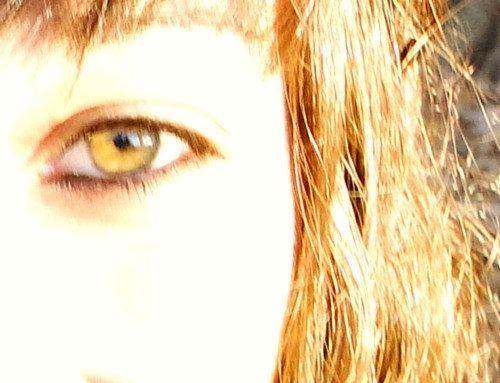
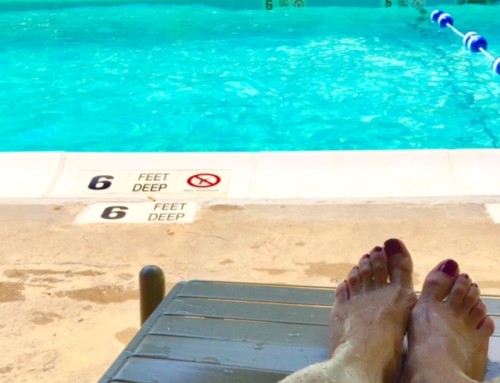
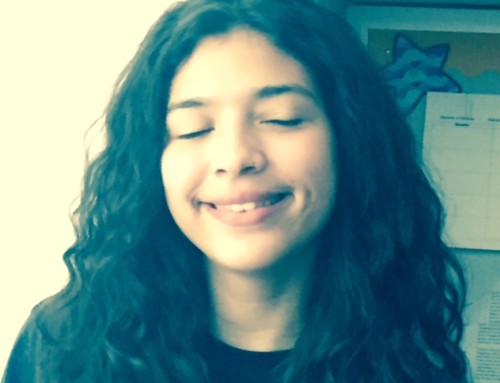

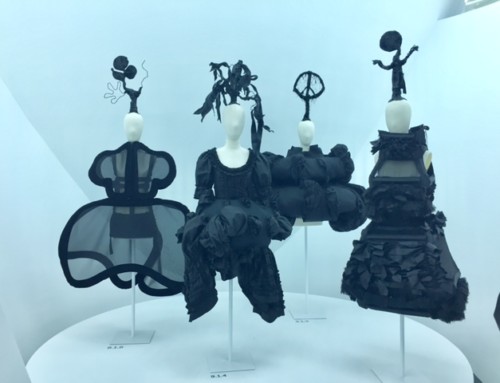
Leave A Comment